Rock
The solid and hard material on the surface of the earth is called rock. Most of the earth's surface is made up of rocks. Rock is also found at the bottom of the sea and in the lower part of the frozen land. The mountains around us are made up of rocks. Stream banks and surrounding areas are also made of rock. Soil is formed by breaking rock into samll pieces. So small pieces of rock are found in the soil.
Rock Structure
Rocks come in a variety of shapes and colors. From the smallest stone to the smallest tumour are rocks. The gravel and sand used to build roads and houses are also small forms of rock. Rocks are made up of a variety of elements. The amount of elements in a rock varies.
Physical Properties of Rock
StructureSome rocks are made up of large particles. And some rocks are made up of leaves. Rocks are also made up of very small particles. Large-grained rocks become rough. Rocks made up of many fine grains are slippery.
HardnessRocks are both hard and soft. Carving should be taken to distinguish between hard and soft rocks. When a rock is carved on another, the carved rock is soft. Soft rock cannot be carved on hard rock.
Colors
The colors on the rock are different, such as: red, green, black, white, etc. 2 or more types of rocks do not have the same color.
Types of Rock
Depending on the origin and construction method, rock can be divided into three types as follows:
(A) Igneous Rock
(B) Sedimentary Rock
(C) Metamorphic Rock
(A) Igneous Rock
The interior of the earth is very hot. So all the matter inside the earth melts and becomes liquid. The mixture of liquids and gases in the interior of the earth is called magma. Due to various geological reasons, magma is released from the surface of the earth. The object that emerges in this way is called lava. Substances such as hot ash, steam, molten rock, and magma come out of a small hole in the earth's crust. They slowly melt into rocks. The rock formed in this way is called igneous rock. The crater formed by the lava flow is called a crater. The igneous rock is also called the primitive rock because it has been formed since the earth's origin. The igneous rock is granular. This type of rock is found more in volcanic areas. Since lava forms igneous rock, it does not contain fossils. This type of rock cannot be penetrated by water but after a long time its outer part becomes soft.
Some important igneous rocks(a) Granite:
Granite is a plutonic rock. Sometimes lava does not come out of the earth's surface and is formed by a rock that melts in the interior, called plutonic rock. Granite is black and gray in color. Granite rock is hard and strong. It is used in construction.
(b) Pumice:
A light igneous rock with many holes and holes is called pumice.
(c) Obsidian Rock:
Obsidian is a rocky and fragile type of rock. It is also called volcanic glass.
(B) Sedimentary Rock

The process of breaking and eating away the objects on the surface of the earth by air, water, heat etc. continues. Rivers, snow rivers, rain, wind, etc. carry the broken objects from one place to another and pile them up. As they accumulate over a long period of time, they form a layer. Pressure from the upper layer to the lower layer causes them to stick together and form hard rock. The rock formed by this process is called sheet rock. Water from rivers, streams and waterfalls carries away soil, sand, small pieces of rock, plants, wood, etc. These substances settle on the bottom of rivers and oceans. In this way, the surface of the ocean floor is slowly rising. After a long time, these substances freeze and harden. In this way, as the objects in the sea, lakes and land are constantly accumulating, sheets of rock form as layers. In the hilly region, the objects brought by the rivers and streams constantly flowing at the foot of the hill or on the flat part of the mountain become rock. Fossils are also mixed in the rock. From this, the age of the rock can be known. Rocky rock is softer than other rocks. Rocks layers can also be seen in it. Leaf rocks come in many forms. Some of the most important of these are rock sheets.
(a) Conglomerate:
Conglomerate is also called conglomerate rock. Fragments of small stones, lumps, and sand are formed by sticking together. So small pieces of stone are joined together by quartz minerals to form a group. If it is joined by silica, it becomes a very hard cohesive type.
(b) Sandstone:
Sandstone rock is formed when sand particles stick together with the constituent material. Especially the sand layer is composed of silica, sticky soil etc. A well-glued sandstone hardens. Weakly attached sandstone weakens.
(c) Shale:
A particle smaller than a grain of sand is called silt. Clay is a mixture of particles smaller than silt. A rock made up of silt and clay is called a shale. The rock is black and soft.
(d) Lime Stone:
Some rocks are made up of animal fossils. Some marine animals have a hard shell. This kind of cover protects him. When such marine animals die, their shells and fragments of bones remain at the bottom of the sea. These layers are pressed to form limestone. This rock is finely grained. The rock is red, gray, white and black.
(C) Metamorphic rock
Changes in rock or igneous rocks due to heat and pressure. These rocks change from one form to another. Changes in rocks can cause changes in some or all of their minerals. Thus changed from one form to another. The rock that is formed is called modified rock. This type of altered rock occurs in the interior of the earth. Processed rock formation process:
(a) Changes in rock or igneous rock over a long period of time to change their shape to form metamorphic rock, such as:Rock Metamorphic rock
silica =quartzite
limestone, dolomite =marble
coal =graphite, slate
re-graphite transformation=diamond
granite, diyoroid =Niss, schist Chlorite schist
Quartzite
Diamond
Marble
Graphite
(b) leaves or igneous rocks can be formed by changing the rock again and changing the shape of the rock. Rocks, such as slate and schist, can be altered by fine-grained particles or granular sheets. Marble, graphite, diamonds, etc. fall within this type of rock.
Use of Rocks
Rocks are used in a variety of ways. Some of its uses are as follows:
(a) Hard type of rock, such as stone is used in construction of houses and buildings. It is also used in road construction.
(B) Rock can be made into various types of sculptures.
(C) Different types of marble are used to decorate houses and temples.
(D) Granite is used for building temples and roofing houses.
(E) Slate is used for writing.
(F) Precious gems can be obtained from rock.
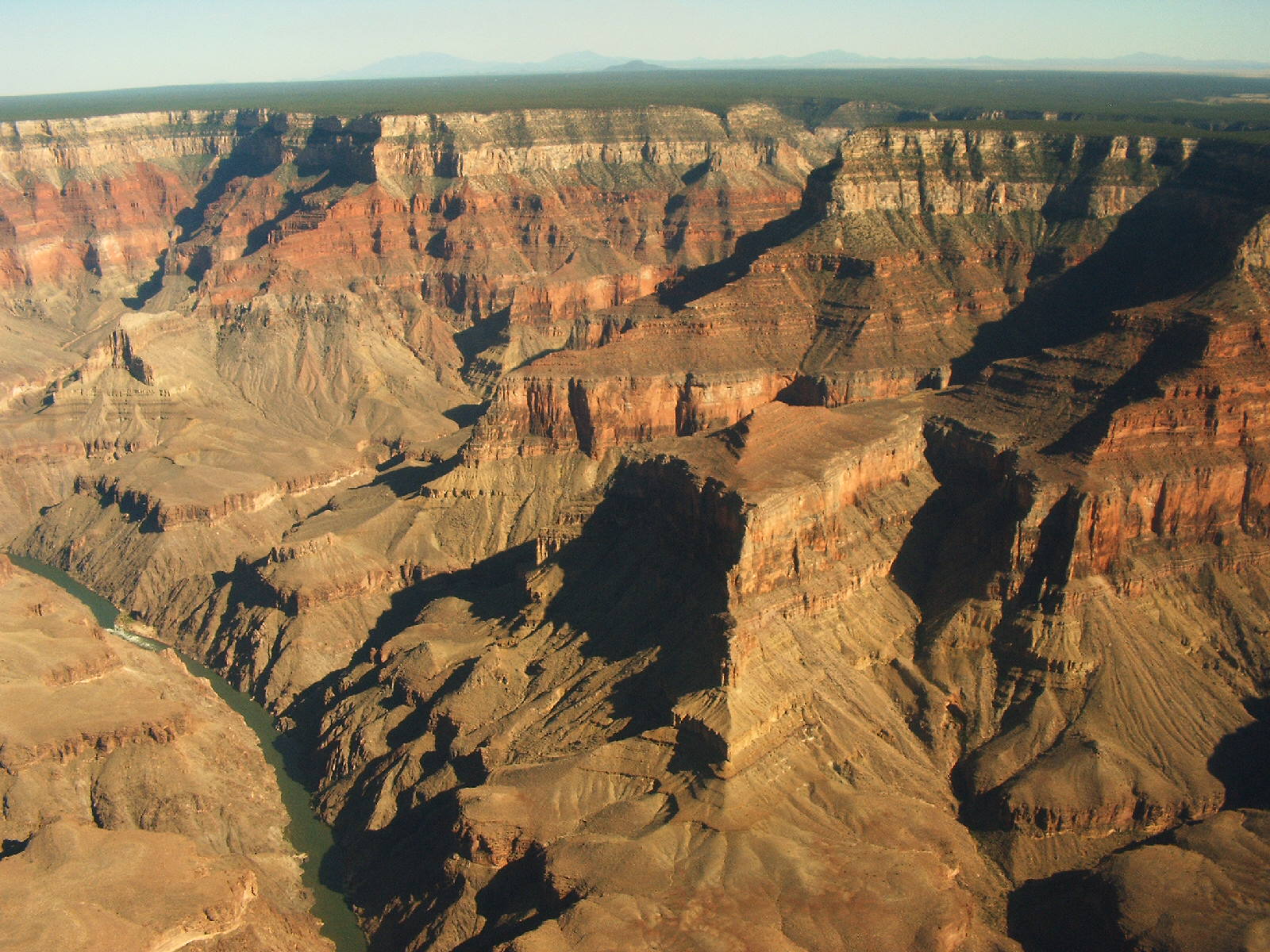
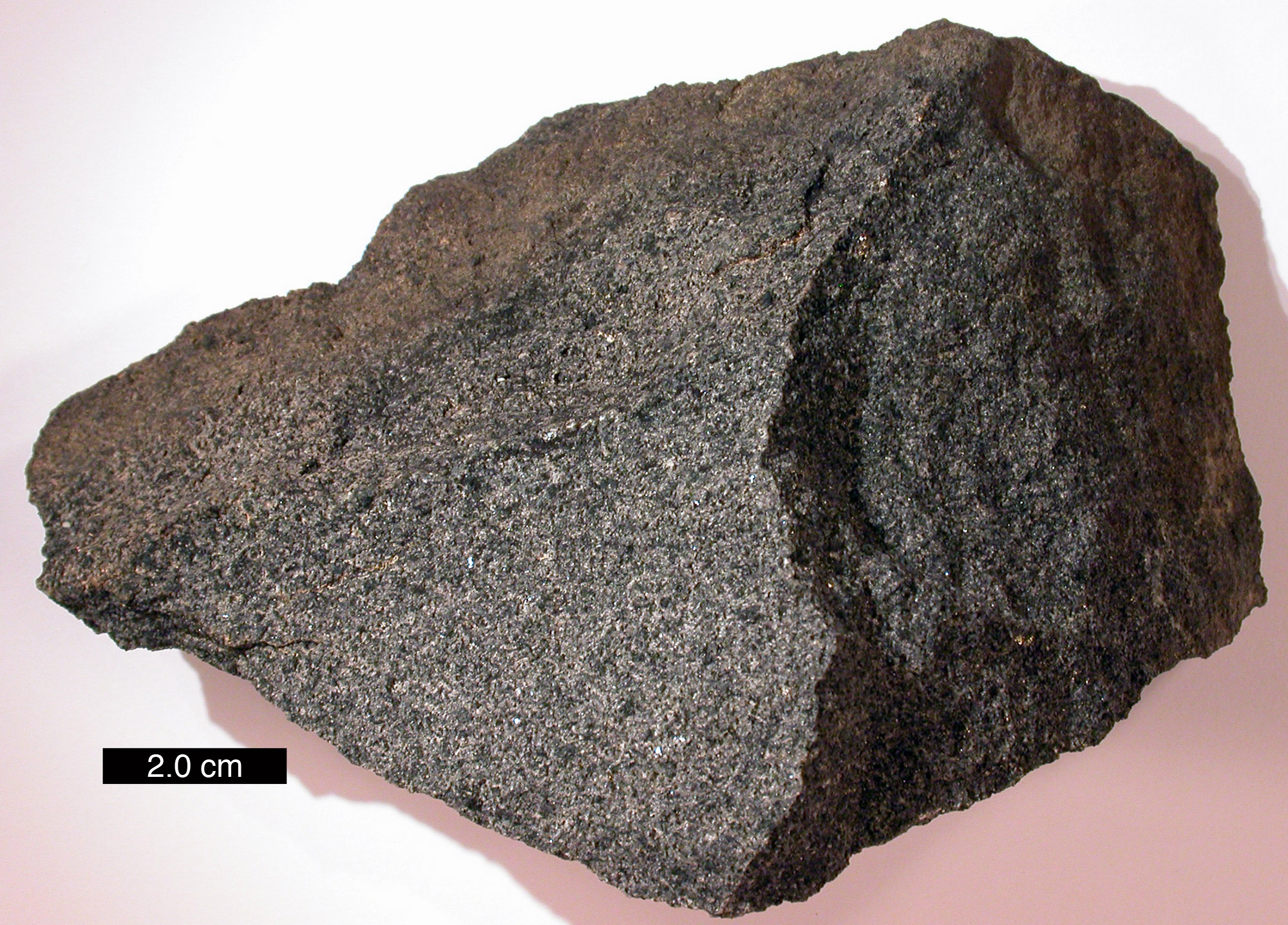


.jpg)

_(Vaal_Reef%2C_Witwatersrand_Supergroup%2C_Neoarchean%2C_2.76-2.89_Ga%3B_Stilfontein_Mine%2C_North_West_Province%2C_South_Africa)_(15037717455).jpg)
USGOV.jpg)
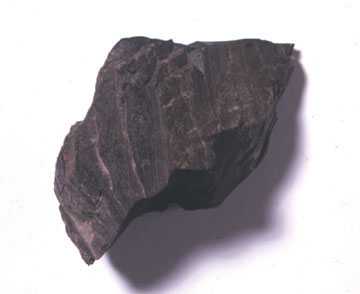
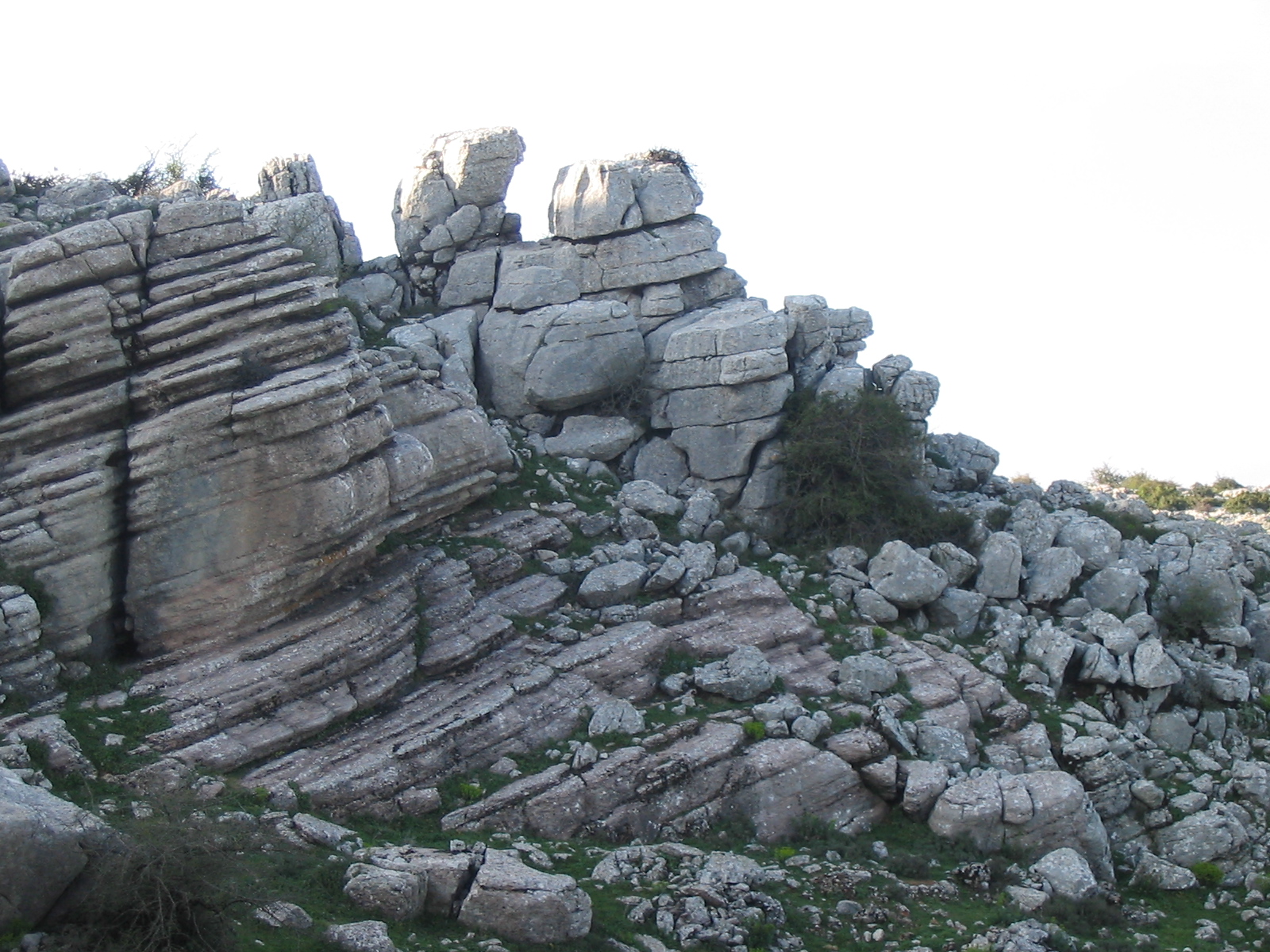
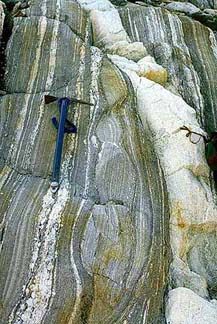




_(Eoarchean%2C_3.8_Ga%3B_Isua_Supracrustal_Belt%2C_southwestern_Greenland)_(15056531391).jpg)



Comments
Post a Comment
If you have any doubt please let me know so that I can solve it.